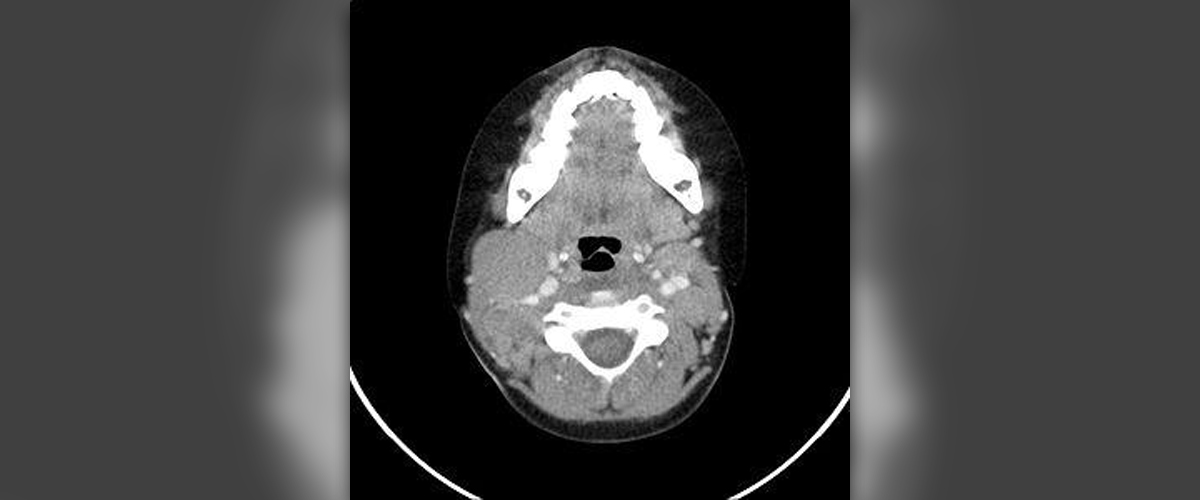
There are many illnesses and healthconditions which can affect the abdominal area. Therefore, there arenumerous tests which can help the health practitioner locate andtreat these problems, allowing the patients to find relief and timelytreatment.
One of the possible diagnostic methodsis the CAT or CT scanning. This is a non-invasive form of medicaltesting, designed for obtaining images of the inside of the humanbody.
CT Scan of the Abdomen
Basically, CT scanning involvesexposing the body of the patient to X-rays, emitted from differentangles. These rays of radiation pass through the soft tissue of thebody, reflecting of the hard one. A computer detects these paths thatthe rays take and forms an image on the monitor. The image can be thenexamined, looked from different angles and perspectives or even burntto a CD or printed out. One of the main advantages of CT scanning isthe images which are of a higher quality and detail that the regularX-ray ones.
As far as the usage of this device isconcerned, CT scanning can be used for numerous purposes. Namely,this form of diagnosis can trace infections of the abdominal area,along with abscesses or fluid collections appearing in the appendixor any other part of this section of the body. Additionally, it candetect inflammatory conditions such as pancteatitis, liver cirrhosis,the inflammatory bowel disease, Crohn's disease or ulcerativecolitis.
Furthermore, CT scanning can detectmany forms of cancer located in the abdominal area, including colon,liver, kidney, pancreas and bladder cancer, along with lymphomas.Also, this form of imaging can detect stones in the kidneys and thebladder, as well as the abdominal aortic aneurysms, blood clots andother forms of blood vessel problems.
Due to the high usability of the imagesobtained through this form of scanning, CT can be used for guidingbiopsies and surgical procedures and for the purpose of assessing thenecessary information for chemotherapy and treatment of tumors.
Before a person can undergo CTscanning, he/she needs to get rid of all the metal items, wearingnothing but natural, loose, fitting clothes or a hospital gown. Evendentures and earrings can interfere with the imaging process. Thus,these need to be removed before the patient can get exposed to the CTscanning procedure.
Depending on the purpose of thescanning, the patient may need to abstain from eating for severalhours prior to the procedure, especially in cases when a specialchemical is inserted in the blood vessels in order to obtain imagesof these body parts during the scan.
You are advised to let your doctor knowabout any medical conditions you have suffered from in the past likeasthma, kidney or liver disease, diabetes, thyroid problems etc.,since all these factors may be important in the process of avoidingthe potential side-effects of the CT scanning. Due to the exposure ofthe abdominal area to X-ray radiation, pregnant women should notundergo this procedure.
The scanner itself is a big device,resembling a box with a hole or a tunnel. Before the scanning, thepatient is laid upon a movable examination table which gets insertedinto the tunnel where the X-ray scanning takes place.
Risks Associated with CT Scanning
Some of the most common risks that bothhealth experts and patients take into consideration before a CT scantakes place are cancer, caused by the exposure to radiation andallergic reactions to the contrast dye, since this chemical containsiodine. However, both of these occurrences are extremely rare andmost people undergo the CT scanning procedure without any problems.
Nevertheless, if you are a pregnantwoman, you need to let your doctor know about your condition. CTscanning of your abdominal area while pregnant is not recommended.However, it may be necessary in some life-threatening situations. Ifa mother is nursing, she needs to abstain from breastfeeding her babyabout 24 hours after being injected with the contrast dye.
Yet, children are more sensitive toX-rays than adults are. Therefore, they usually need to be exposed tolower doses of radiation. Also, repeated exposures of CT scanningshould not be done on children unless absolutely necessary.
However, we need to bear in mind thatCT scanning has incomparably more benefits than risks associated withit. Thus, it is a useful treatment and diagnosis method that ispractically invaluable to the medical branch as a whole, saving manylives through early diagnosis and treatment direction.
There are many conditions which can bediagnosed with CT scanning. Therefore, there are many reasons behindthis procedure and many benefits related to it. Of course, takinginto consideration that CT scanning involves exposure to X-rays, ithas certain health problems related to it. However, through adequatemedical support and proper following of the precaution measures,these can be avoided.


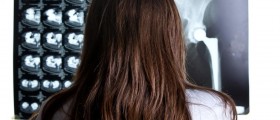
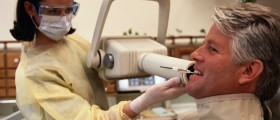
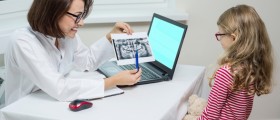

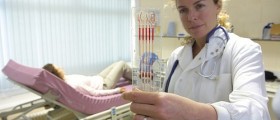

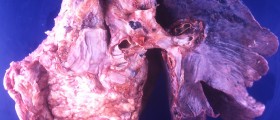







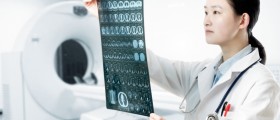
Your thoughts on this
Loading...